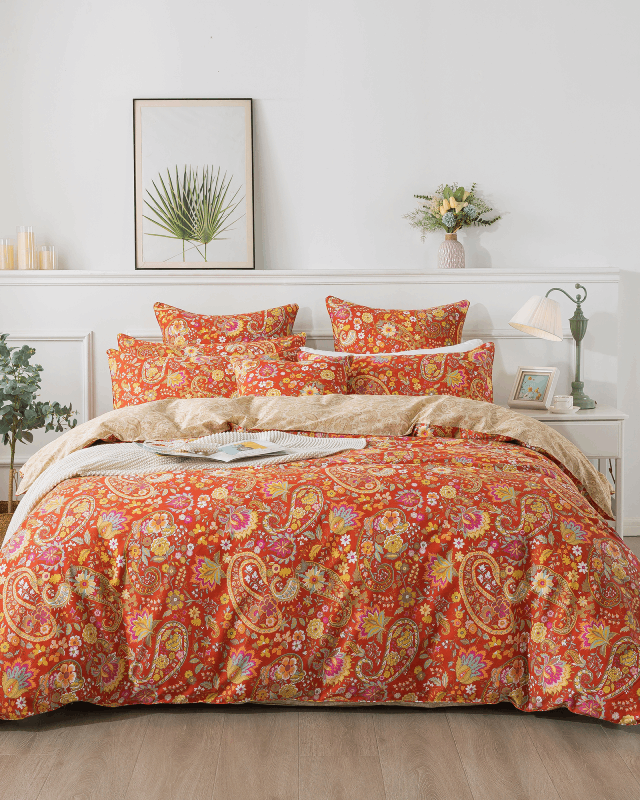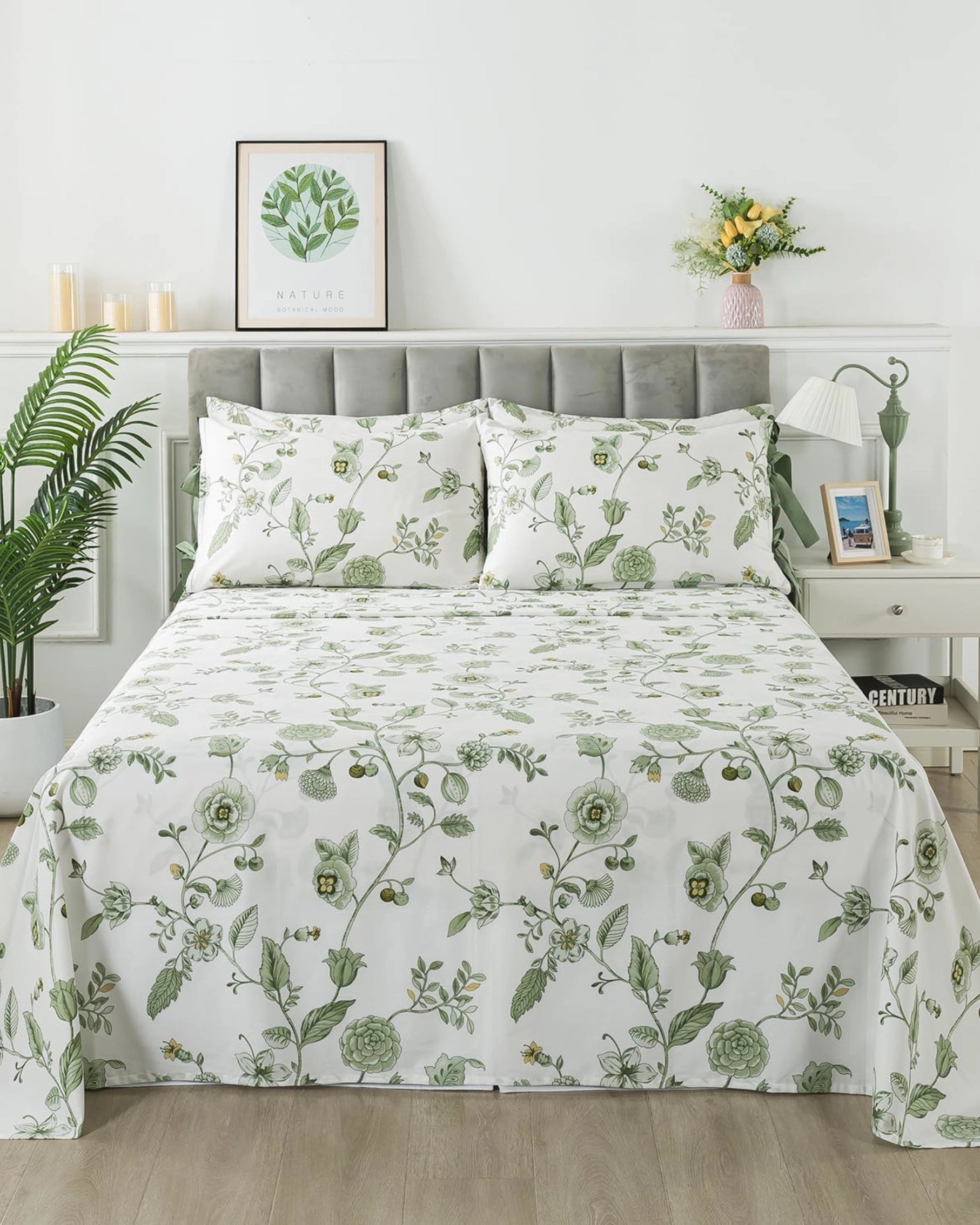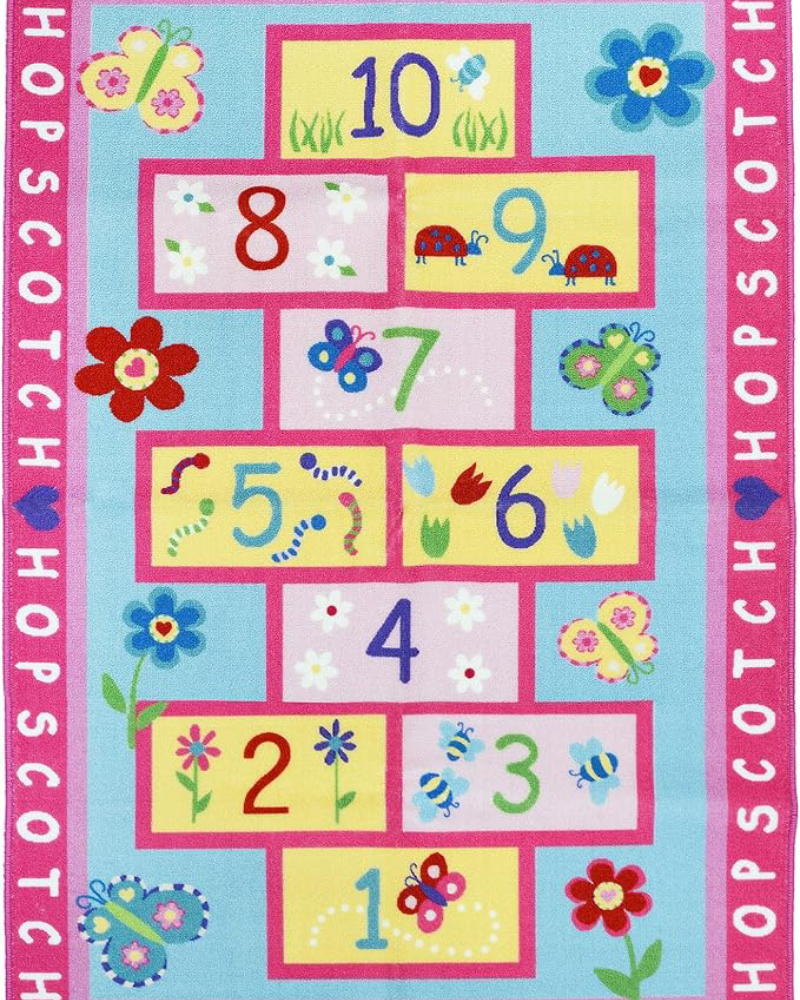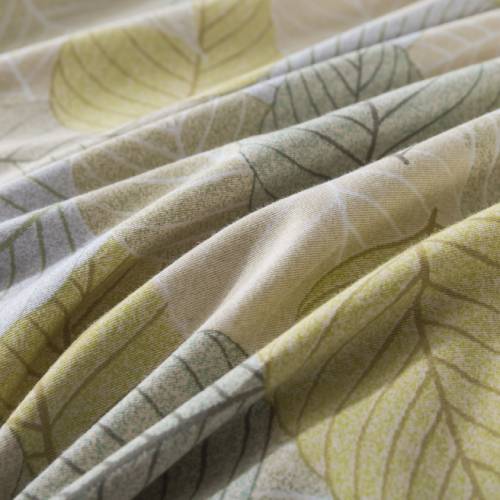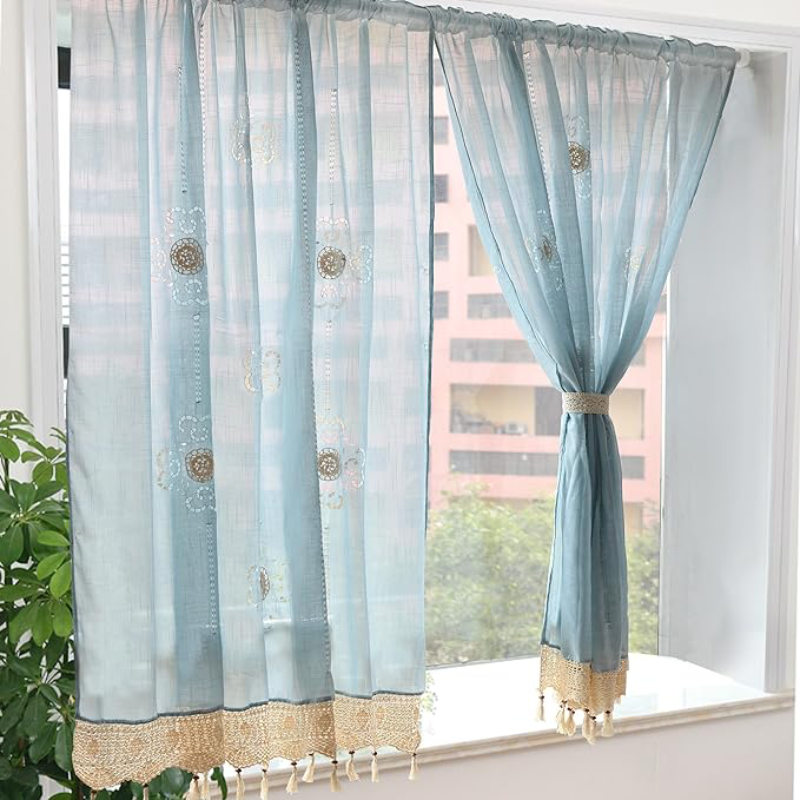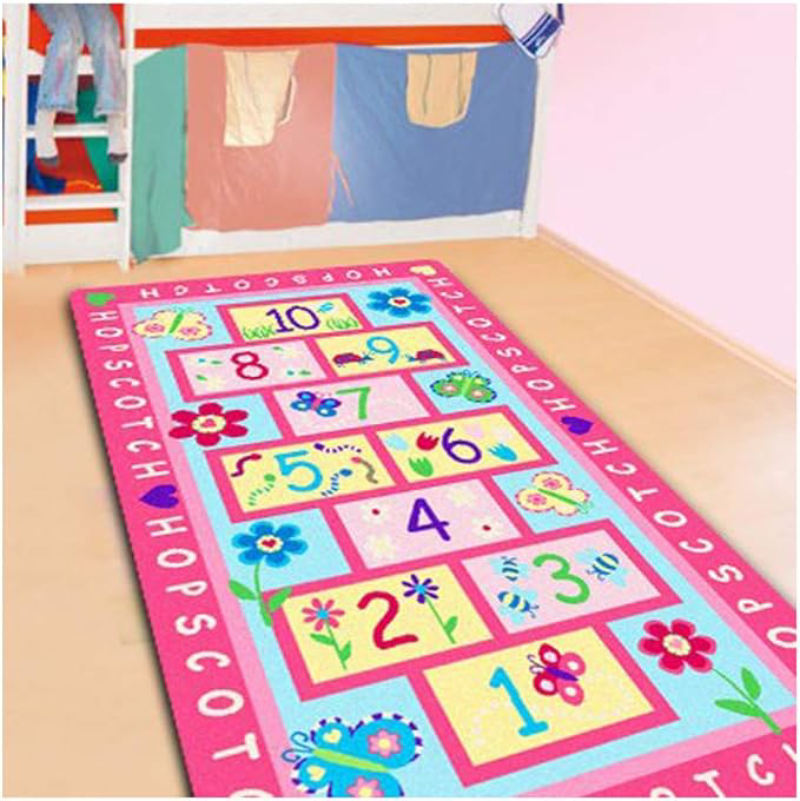Bedspreads, coverlets, blankets, duvets, comforters, quilts and throw, they all seem to serve the same purpose, right? So why on earth are there so many different names? And more importantly, how can we tell them apart?If you've ever wondered about this, let's explore the cozy world of bed coverings and unravel the differences together.
What is a Bedspread?
Bedspread is a large decorative covering designed to drape over an entire bed, reaching down to the floor on all sides. It serves both functional and aesthetic purposes, providing warmth while enhancing the bedroom's decor.
Historically, bedspreads have been around for centuries. In fact, they were often prized possessions, passed down through generations. Can you imagine inheriting your great-grandmother's bedspread? Talk about vintage chic!
The main features of bedspread are:
- It covers the entire bed, including pillows
- It's often lightweight and decorative
- It's typically used as the topmost layer of bedding
What is a Coverlet?
Coverlet is a lightweight bed covering that is smaller than a bedspread and typically hangs midway down the sides of the bed. It is often used as a decorative layer or light covering.
Coverlets gained popularity in the mid-20th century as bedrooms got smaller and people wanted something less overwhelming than a full bedspread. They're the perfect compromise between style and practicality.
Key characteristics of coverlet include:
- Smaller than a bedspread, usually hanging midway down the bed's sides
- Can be tucked in or left untucked
- Often used as a decorative layer or light covering
What is a Blanket?
Blanket is a versatile piece of bedding that provides warmth and comfort. It can be used on its own or layered with other bedding items for added insulation.
Blankets have been keeping humans warm since, well, forever. From simple animal hides to intricately woven masterpieces, blankets have evolved alongside human civilization.
The main features of a blanket are:
- Versatile - can be used on its own or layered with other bedding
- Comes in various materials and weights
- Usually placed between sheets and heavier coverings
What is a Throw?
Throw is a small, lightweight blanket typically used for decorative purposes or casual comfort. It is smaller than a standard blanket and often designed to add style and warmth to furniture like couches, chairs, or the foot of a bed.
Throws emerged as a popular home accessory in the mid-20th century, reflecting the growing trend of interior design and personal comfort. They're like the stylish accessory of the bedding world - versatile, charming, and always ready to make a statement.
The main features of a throw include:
- Smaller size compared to standard blankets
- Often decorative with unique patterns or textures
- Lightweight and easy to move around
- Perfect for draping over furniture or using for quick warmth
- Typically made from materials like cotton, wool, fleece, or knitted fabrics
What is a Duvet?
Duvet is a soft, flat bag filled with down, feathers, or synthetic materials designed to provide warmth. It is typically used with a removable duvet cover for protection and style.
Duvets originated in rural Europe, where farmers used down-filled bags to keep warm. The word "duvet" actually comes from the French word for "down." Fancy, right?
Key characteristics of duvet include:
- A soft bag filled with down or synthetic materials
- Designed to be used with a removable duvet cover
- Often used alone without additional sheets
What is a Comforter?
Comforter is similar to a duvet but comes with a permanent cover that cannot be removed. It is filled with synthetic fibers or down and serves as an all-in-one bedding solution.
Comforters became popular in the United States during the mid-20th century, offering convenience for those who prefer an easy-to-manage bedding option.
The main features of a comforter are:
- Similar to a duvet but with a permanent cover
- Filled with synthetic fibers or down
- Used with sheets and other bedding layers
What is a Quilt?
Quilt consists of three layers: a decorative top layer, batting for insulation, and backing fabric. Quilts often feature intricate stitching or patchwork designs that tell stories through their patterns.
Quilting has a rich history, particularly in America. During the Civil War, women would make quilts to raise funds for the war effort. Some quilts even served as coded messages for the Underground Railroad. How's that for a bedtime story?
Key characteristics of quilt include:
- Consists of three layers: top, batting, and backing
- Often features decorative stitching or patchwork designs
- Can be used as a standalone covering or layered with other bedding
Comparing the Confusables
Now that we've met our cast of characters, let's tackle some of the common mix-ups.
Duvet vs. Comforter
This is probably the most common confusion in the bedding world. Think of it this way: a duvet is like a pillowcase for your whole body. You can change the cover to switch up your style. A comforter, on the other hand, is more like a permanently dressed pillow. It's a one-and-done deal.
Bedspread vs. Coverlet
Imagine you're dressing your bed for a fancy dinner party. A bedspread would be the floor-length gown, while a coverlet would be the cocktail dress. Both look great, but one's a bit more... extra.
More about this info: Bedspread vs. Coverlet
Blanket vs. Throw
This is like comparing a coat to a scarf. A blanket is meant to cover your whole bed (and you), while a throw is smaller and often used for decoration or a quick snuggle on the couch.
Quilt vs. Comforter
Think of a quilt as a handcrafted artisanal sandwich, with layers of fabric and batting stitched together. A comforter, meanwhile, is more like a puffy store-bought wrap - still delicious but in a different way.
Which One Do You Need?
After all this, you might be wondering, "Okay, but which one should I actually buy?" Well, my friend, that depends on you. Are you a hot sleeper who kicks off covers in the night? A lightweight coverlet might be your best bet. Always cold? A warm duvet could be your new best friend.
Personally, I'm a fan of the versatility of a duvet. It's like having a new bed every time you change the cover! But maybe you prefer the simplicity of a comforter or the charm of a quilt. There's no right or wrong answer here, it's all about what helps you get your best night's sleep.
Remember that at the end of the day (literally), the most important thing is that you're comfortable. Whether you're snuggled under a quilt passed down through generations or wrapped in a brand new duvet, what matters is that you're getting the rest you need.
FAQs
Can I use a duvet without a cover?
While you technically can, it's not recommended. Duvet covers protect your duvet from stains and make it easier to clean. Plus, they're also great for changing up your bedroom decor!
Can I use a comforter as a duvet insert?
You can do so but it might be bulkier than intended since comforters are designed to be used as-is while duvet inserts are made specifically for covers.
related post:can you put duvet cover on comforter or use a duvet cover without an insert?
Do I need a top sheet if I use a duvet?
This is largely personal preference. In Europe, it's common to use duvets without top sheets; in contrast, many people in the US prefer using one for added comfort.
Are quilts only for decoration?
Not at all! While quilts can be beautiful decorative pieces, they're also functional bed coverings. Many people use quilts as their primary blanket—especially in warmer climates.

